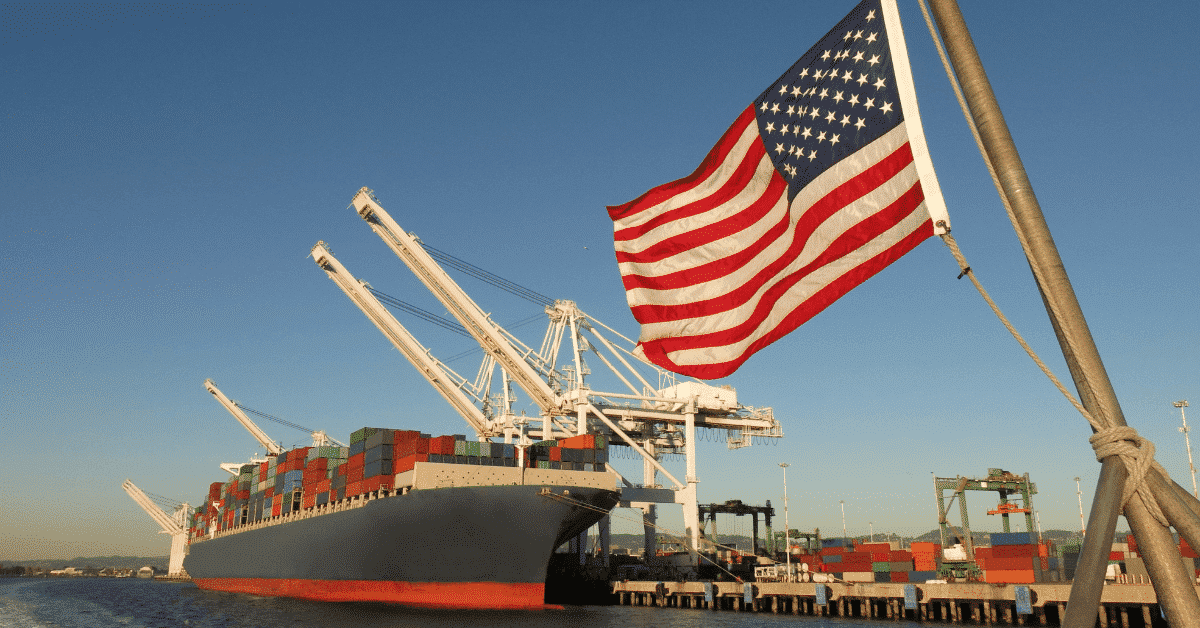The history of tariffs in the United States is not only about trade policy—it’s a driving force that shaped the nation’s economic development. From the country’s inception, tariffs were pivotal in protecting American industries and fostering growth.
Early Years of Tariffs
Following the country’s independence, the U.S. government struggled to raise revenue until the Tariff Act of 1789 was passed, imposing a 5% tariff on imports. This law was one of the first steps in bolstering American industry, with Secretary of the Treasury Alexander Hamilton arguing that protection from foreign competition was essential for developing a manufacturing base.
The Protectionist Period
Between 1790 and the Civil War, the U.S. relied heavily on tariffs to fund the government, and industries such as textiles and steel began to flourish. High tariffs were particularly beneficial during the War of 1812 when trade disruptions spurred domestic manufacturing.
The Shift to Free Trade
After World War II, the U.S. moved toward global free trade, but the period following the 2016 election saw a resurgence in protectionist policies. Tariffs remain a significant factor in U.S. trade policy, balancing revenue generation, industrial protection, and diplomatic strategy.

